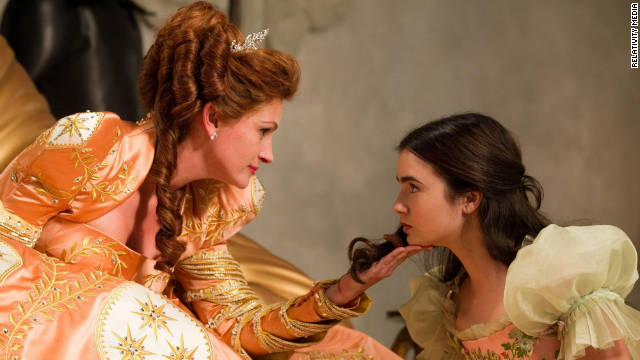
North Hollywood, Calif.
BONNIE RAITT started her new album, “Slipstream” — her first since 2005, and her first on her own label, Redwing — last year in a basement in South Pasadena, Calif.: at the home studio of the songwriter and producer Joe Henry.
The studio has low ceilings, exposed brick and stone walls, casual floral-patterned chairs and prized vintage instruments and microphones close at hand. Some of the sound-absorbing foam in its closet-size vocal booth, where Ms. Raitt sang, is the packing material with gramophone-shaped cutouts that cushioned Mr. Henry’s three Grammy awards.
It was a homey spot to get a new perspective on her music. Ms. Raitt, 62, was easing back into a career she had paused — a career, as it enters its fifth decade, with enough loyal fans to sell out midsize theaters across the United States and abroad. She met me in late March for an interview in a North Hollywood rehearsal studio, as her longtime band was setting up to practice.
Steeped in the blues — she dropped out of Radcliffe to hit the road alongside mentors like Mississippi Fred McDowell, Sippie Wallace, Muddy Waters and John Lee Hooker — Ms. Raitt has never been bound to any genre. She has been an occasional songwriter — “because I have high standards,” she said — and a discriminating interpreter, wading through countless demos and oldies to find songs like “Love Has No Pride” and “I Can’t Make You Love Me.”
In the 1970s she built a following concert by concert, as pop radio largely ignored her. Warner Brothers, which released her first album in 1971, dropped her in 1986. Just three years later she started a streak as a multimillion-selling, Grammy-winning singer at Capitol Records with the albums “Nick of Time” (1989), “Luck of the Draw” (1991) and “Longing in Their Hearts” (1994). Her Capitol contract ran out in 2005, and while Ms. Raitt had plenty of offers, research persuaded her to start her third phase with her own label.
“I know that CDs sell less and less, and I’d rather have more of a piece of it,” she said. “I like to have my freedom. Nobody ever told me what to play or when to come out with a record or who to work with. But it’s best to have it really be on my terms.”
At this point “I don’t have to worry about having a hit or not,” she said. “If I can sing, even if I couldn’t play guitar, I could probably get a gig. Or I could play guitar if I couldn’t sing.”
Through the years Ms. Raitt has been a scrupulous musician with a conscience, supporting human rights, feminist and environmental causes and playing countless benefit concerts. Her tour bus is powered by biodiesel; her album packages use recycled material and soy ink. She has a custom purple Larry Pogreba resonator guitar made of salvaged wood and recycled aircraft aluminum, with a big round metal R (for Raitt) that was a 1951 Rambler hubcap. Principle has not come cheap; the environmentally conscious package of “Luck of the Draw” cost her 33 cents per unit, on an album that sold seven million copies in the United States alone. “But I was proud to do it,” she said. “I got karma.”
After a 2009 tour with the bluesman Taj Mahal and a performance at the 25th anniversary concert of the Rock and Roll Hall of Fame — she was inducted in 2000 — Ms. Raitt gave herself a yearlong hiatus for the first time since the mid-1990s. She suspended a routine of steady touring, telling her band, “I need to take a break till I get an appetite for it again.”
It wasn’t entirely a vacation. Ms. Raitt was also dealing with the estates and belongings of her older brother, Steve Raitt, who died in 2009, and her father, the actor John Raitt, who died in 2005. She also, she said, “did a lot of work on myself during the break. I got taken to the bottom and built myself slowly, learned about some things, let some feelings come out. I hope it shows in my voice. It would be crazy to go through something like that and not have come out of it a little deeper person.”
She was appreciated anew during her absence. “I Can’t Make You Love Me” (written by Mike Reid and Allen Shamblin, and first recorded by Ms. Raitt on “Luck of the Draw”), was revived by both Bon Iver and Adele, who gushed to a concert audience, “I think it’s just perfect in every single way, and she’s got a stunning voice.”
As her band set up for rehearsal, Ms. Raitt, with her trademark mane of bright red hair and white forelock — “this Pepe Le Pew thing,” she called it — was in a plaid shirt and blue jeans, looking forward to polishing some 40 songs, new and old, for the tour she starts in May, including shows at the Beacon Theater in New York on June 20 and 21.


